Earth
CW: Human Extinction & Climate Change
Earth is a planet in the Kinosmo Solar System. It is the third planet orbiting the Sun, Aquarius. Earth is now a prospering planet full of fauna and flora species, and has been ever since the extinction of the Human species. Earth is a Harvesting Planet as there are currently no sapient species and haven't been for more than a year, and the planet is under ownership of Jupiter.
In the entire history of Earth, there have only been two sapient species, humans being the most recent of the two. In the two hundred thousand years of modern human presence, they managed to completely colonise the entire planet, establishing countries and continents, walls dividing nations.
Humans were the sole cause of fauna and flora species declining, pollution increasing, and overall damaging Earth's environments. Humans have caused pollution since their arrival, but it has only become more impactful in recent years, starting with the Industrial Revolution. Humans released greenhouse gases in various ways into the atmosphere that trapped solar energy, causing the planet to heat up. This not only caused the North and South Poles, and glaciers worldwide to start melting, but also caused alterations in weather, more drastic Summers and Winters. Climate change became a hot topic on their news broadcasts, and they were the only people who would have a chance at stopping it.
It was only in the last twenty or so years that humans did make significant changes to their daily lives to protect the planet. After heatwaves killed millions worldwide, world-leaders were struck with a reality-check that meant they must do something. Some of the most significant things they did were setting up Glacivita, the first settlement on Antarctica that successfully covered parts of the continent in ice again, as well as reforesting programmes that would cover entire countries worth of trees, to try and combat air pollution. If it wasn't for a virus that caused the extinction of humans, they may have had the chance to revive the planet entirely.
Saurians were the first ever sapient species to call Earth home. These evolved lizards are directly related to dinosaurs and birds, and their names come from the Greek "sauros", meaning "lizard". Living alongside dinosaurs, they quickly learned how to deal with these dangerous animals, using brains rather than brawn. These people lived in large treehouses, to avoid the land-dwelling dinosaurs, and were even able to domesticate some species. some domesticated species included the archeopteryx, a creature perfectly suited to the saurian's arboreal lifestyle.
Saurian's did not have a worldwide population, rather they were limited to the various islands in what is now known as Central Europe. Remains of saurians exist, although they are incredibly limited. The only skeletons of saurians known to humans were found in the Museum für Naturkunde in Berlin, and the Natural History Museum in London. As well, the only evidence of saurian settlements come from paintings on stone tablets that survived, by being buried in caves that miraculously were left untouched for over a hundred million years.
The Cambrian Period kicked off the Palaeozoic Era, followed by the Ordovician, Silurian, Devonian, Carboniferous, and Permian Periods. During the Cambrian Period, the fauna species began to diverse, creating animals such as wiwaxia, anomalocaris, and pikaia, among many others. The Cambrian Period also saw the first fish species, jawless fish, while the first land animals appeared in the late Silurian Period and early Devonian Period. The first amphibians started appearing in the Devonian Period, in the forms of Ichthyostega from modern day Greenland, and Elginerpeton from modern day Scotland, among others. The Devonian Period also saw the first land mammals, such as the previously mentioned Ichthyostega. Interestingly, any land animal with more than five digits on their hands and feet died out. The Permian Period brought around more familiar animals to humans, such as the Dimetrodon. The Triassic Period began with an extinction-level event, wiping out 90% of all species on the planet, both fauna and flora. Reptiles were left dominant, forming a new group known as dinosaurs. These would soon become the most famous group of creatures in Earth's history, aside from humans. The Pangaea supercontinent began to crack and split up into separate continents during this period, and the first mammals appear.
The Jurassic Period brought larger dinosaur species, as they dominate the planet. The Pangaea supercontinent had split into a pair of smaller continents, Laurasia and Gondwana. The late Jurassic Period is when the first sapient species appeared, the Saurians, as well as the earliest bird-like species.
The Cretaceous Period was the last period in the Mesozoic Era, and last period to contain dinosaurs. The Saurians were a long-gone species, and their legacy already fading. The first flowering plants started appearing in the Cretaceous Period, and Earth's continents were beginning to resemble present-day. The Cretaceous Period was ended with an asteroid hitting Earth, wiping out almost every single species on the planet, aside from a select few. The impact of the asteroid caused dust to fly into the atmosphere across the planet, blocking sunlight and causing plants to die, the food chain collapsing like dominoes. With every single non-avian dinosaur species extinct now, it was the mammal's chance to dominate, and they did. The Cenozoic Era followed the Cretaceous Period and the Mesozoic Era, and mammals began diversifying across the planet. Grass, one of the most familiar plants to humans, only started appearing in the Miocene Epoch. The first humans started appearing the same time as the Ice Age, or at least human's ancestors. These creatures weren't exactly modern humans, but they learnt to walk upright, use tools, gradually their brains would increase in size, their walking becoming more upright, their arms becoming shorter as they have less need to climb trees. Modern humans only appeared around two hundred thousand years ago, and during their existence they took over the planet. They believed themselves to be superior to all other life on the planet. Human life (mostly) came to an end just after they discovered space-travel beyond their Solar System. On their first ever trip beyond the Kinosmo Solar System, humans discovered the Ancient Altar, holding captive a virus that would end up wiping out their race in a matter of weeks.
Humans are not technically extinct, people just like to say they are because only one human remains. David Tennason is the last man standing, residing in a lonely space bubble somewhere beyond the Kinosmo Solar System. He was an airship engineer, and when the virus began killing off humans, he was able to escape the planet in a spacecraft he now calls HMS Tennason.
Geography
Earth is home to seven continents, all with ranging biomes and geographical features.Africa
Africa was Earth's second largest continent in size and population, behind Asia in both. One of the most significant ancient human civilisations existed in Northern Africa, in Egypt. There are 54 countries in Africa, their borders still standing and used to divide up resource gathering by Jovians, as Earth is now legally under Jupiter. The continent is generally rather warm, with the largest hot desert on the planet, the Sahara Desert. The continent also sees mountainous regions, savanna regions, tropical rainforests.North America
North America makes up about 16.5% of Earth's total landmass. To the north are cold, mountainous, forested regions, and to the south are much warmer deserts and tropical rainforests. Humans had lived in North America for tens of thousands of years, forming various cultures, but the arrival of Europeans massively altered the continent.Oceania
Oceania is a continent comprised entirely of islands. Few islands are of significant size, making Oceania the smallest continent in terms of landmass. Oceania was divided into four regions; Australasia, Melanesia, Polynesia, and Micronesia. Many of the islands in this continent are volcanic, some are coral islands.Antarctica
A continent located right on the South Pole, Antarctica was the last continent to recieve a permanent human population. Previously, the continent was too cold to be permanently lived in, so the only human visitors it saw were research trips to study the environment. In the Gregorian Year 2040, a city was released to the public known as Glacivita. This city was the most technologically advanced city on the planet, and was used not only as a home for humans, but also a giant factory to produce ice to cool down the planet. It was a far-fetched plan, but it did actually make some significant impact.Asia
The largest continent by size and once population, Asia makes up 30% of Earth's total landmass. Asia shares a landmass with Europe and Africa, making up the Afro-Eurasian supercontinent. There were 48 countries in Asia, sharing the country Russia with Europe. At the time of human extinction, there were 45 megacities within Asia, each with a minimum of 10 million inhabitants. Asia houses an impressive variety of biomes, including savannas, tropical rainforests, deserts, grasslands, tundra, mountain regions, deciduous and coniferous forests. Asia is the most popular continent with jovians, as the immense number of ecosystems and biomes provides a large amount of unique resources.South America
One half of the Americas. South America was most famous to humans for the Amazon Rainforest, the largest rainforest on the planet. Humans managed to deforest a whopping 93% of the original rainforest, before a massive project to reforest the entire rainforest. They ended up replanting about 45% of the rainforest before humans went extinct.Europe
Entirely within the Northern Hemisphere, Europe is one of the smallest continents, and also makes up part of Eurasia and Afro-Eurasia. There were 44 countries in Europe, many of the major human empires originating in Europe. In recent years, humans attempted a reforesting program to plant 40 million hectares of forest, in an attempt to combat air pollution, deforestation and increase biodiversity.Fauna & Flora
Fauna
Earth has some of the most diverse fauna in the Yonderverse, and has for billions of years. Humans had identified millions of species; thousands of reptile and amphibian species, tens of thousands of bird, mammal and fish species, and millions of insect species. In fact, the human classification of animals was so well designed that it became the blueprint for many other sapient species' classifications of fauna on their respective planets.Flora
As with fauna, the flora on Earth are incredibly diverse. With almost every single inch of the planet having some type of flora, you cannot go far without seeing a plant or two. Humans had also created a classification for all flora, which has been used on other planets as well. Humans had identified almost 500,000 plant species before their extinction.Sapient Species
Human
History
Earth is currently 4.67 billion years old. At its creation, Earth was very hot, experiencing frequent volcanism and collision with asteriods and other celestial objects. Due to all of the water vapour being erupted from volcanoes, water was able to accumulate within the atmosphere, causing the crust to eventually cool down. The surface eventually formed continents, which continuously moved across the surface, forming supercontinents such as Rodinia and Pangaea. Large basins were formed between these continents, which was filled about 4 billion years ago when the water vapour in the atmosphere condensed into rain, and produced oceans. The first lifeforms appeared around the same time, as tiny organisms. Unsurprisingly, these organisms were incredibly simple, and lacked interesting features. Over time, these creatures became more and more complicated. The Pre-Cambrian Period sees many interesting animals, including sponges, cnidarians, and annelids.The Cambrian Period kicked off the Palaeozoic Era, followed by the Ordovician, Silurian, Devonian, Carboniferous, and Permian Periods. During the Cambrian Period, the fauna species began to diverse, creating animals such as wiwaxia, anomalocaris, and pikaia, among many others. The Cambrian Period also saw the first fish species, jawless fish, while the first land animals appeared in the late Silurian Period and early Devonian Period. The first amphibians started appearing in the Devonian Period, in the forms of Ichthyostega from modern day Greenland, and Elginerpeton from modern day Scotland, among others. The Devonian Period also saw the first land mammals, such as the previously mentioned Ichthyostega. Interestingly, any land animal with more than five digits on their hands and feet died out. The Permian Period brought around more familiar animals to humans, such as the Dimetrodon. The Triassic Period began with an extinction-level event, wiping out 90% of all species on the planet, both fauna and flora. Reptiles were left dominant, forming a new group known as dinosaurs. These would soon become the most famous group of creatures in Earth's history, aside from humans. The Pangaea supercontinent began to crack and split up into separate continents during this period, and the first mammals appear.
The Jurassic Period brought larger dinosaur species, as they dominate the planet. The Pangaea supercontinent had split into a pair of smaller continents, Laurasia and Gondwana. The late Jurassic Period is when the first sapient species appeared, the Saurians, as well as the earliest bird-like species.
The Cretaceous Period was the last period in the Mesozoic Era, and last period to contain dinosaurs. The Saurians were a long-gone species, and their legacy already fading. The first flowering plants started appearing in the Cretaceous Period, and Earth's continents were beginning to resemble present-day. The Cretaceous Period was ended with an asteroid hitting Earth, wiping out almost every single species on the planet, aside from a select few. The impact of the asteroid caused dust to fly into the atmosphere across the planet, blocking sunlight and causing plants to die, the food chain collapsing like dominoes. With every single non-avian dinosaur species extinct now, it was the mammal's chance to dominate, and they did. The Cenozoic Era followed the Cretaceous Period and the Mesozoic Era, and mammals began diversifying across the planet. Grass, one of the most familiar plants to humans, only started appearing in the Miocene Epoch. The first humans started appearing the same time as the Ice Age, or at least human's ancestors. These creatures weren't exactly modern humans, but they learnt to walk upright, use tools, gradually their brains would increase in size, their walking becoming more upright, their arms becoming shorter as they have less need to climb trees. Modern humans only appeared around two hundred thousand years ago, and during their existence they took over the planet. They believed themselves to be superior to all other life on the planet. Human life (mostly) came to an end just after they discovered space-travel beyond their Solar System. On their first ever trip beyond the Kinosmo Solar System, humans discovered the Ancient Altar, holding captive a virus that would end up wiping out their race in a matter of weeks.
Humans are not technically extinct, people just like to say they are because only one human remains. David Tennason is the last man standing, residing in a lonely space bubble somewhere beyond the Kinosmo Solar System. He was an airship engineer, and when the virus began killing off humans, he was able to escape the planet in a spacecraft he now calls HMS Tennason.
Tourism
Over the billions of years, Earth has recieved many tourists. The Kavaari, a species of celestial soldier, overpopulated their home planet and fled on spacecrafts to seek out a new planet to call home. They discovered thousands of planets, leaving remnants of their existance in the form of a hundred metre tall statue, on each planet, but sadly they never found a suitable planet home and went extinct. Earth was one of the many planets the Kavaari discovered, and the statue now sits in modern-day Egypt, in the centre of Cairo, as the city was constructed around it. Throughout the planet's history, random spaceships have found this planet and decided to take a look, as the variety in biomes visible from space is uncommon among planets. The early Quaternary Period saw the most spacecrafts landing on Earth, some of them alien viruses to infect the native wildlife and have devastating effects. The number of tourists on the planet dwindled when humans started to evolve, as they were quickly chased off the planet by the humans, who would pelt anyone who got near them with rocks, sticks, anything they armed themselves with. Modern humans weren't so different in their views either. In fact, in some ways they were worse. Modern human views on aliens were all thanks to various media platforms, which perpetuated the view that aliens were all violent monsters who would attack humanity, which was absolutely not the case. 90% of the tourists that landed on the planet were as passive as one could get, yet human views were so warped they couldn't look past what the media taught them to see. Eventually, after several more interactions with aliens, humans slowly warmed up to these visitors. Soon, humans were offering some of their cultural foods from around the world, sharing music and dance, traditions and rituals. Some of the most popular human items are pop-tarts; the recipe has spread to other planets and is now a delicacy.Pop-tarts are neat.
Harvesting Planet
Harvesting planets are a planet type that does not have a native, extant sapient species. More specifically, a lack of a sapient species for more than a single year. Earth has recently become a harvesting planet, since the human extinction. By law, a harvesting planet can be owned by another planet, and since Earth contains a vast number of organisms and resources, it is no surprise many wanted their hands on it. Luckily, Earth was practically handed to Jupiter, as two years prior, the Neptunians of Neptune went extinct, and Jupiter and Mars went to war over the planet. Mars won thanks to Martian technology rather than battle skill. While the winning planet was dealing with their new property, Jupiter was able to take control of Earth when nobody was looking. As soon as one year ticked over after humans went extinct, Jupiter declared Earth part of its property.
Type
Planet
Location under
Included Locations
Included Organizations
Inhabiting Species
Jupiter
Fauna Subdivisions:
Cryofauna, referring to animals living in cold areas.Cryptofauna, referring to animals living in microhabitats.
Epifauna, referring to animals living on substrate.
Infauna, regerring to animals living within substrate.
Limnofauna, referring to animals that live in fresh water.
Macrofauna, referring to benthic or soil organisms defined specifically by their size.
Megafauna, referring to large animals of a specific region or time.
Meiofauna, referring to small benthic invertebrates that live in both marine and freshwater environments.
Mesofauna, referring to macroscopic soil animals such as arthropods or nematodes.
Microfauna, referring to very small animals such as protozoans.
Stygofauna, referring to fauna that live in groundwater systems or the water within cave systems.
Troglofauna, referring to cave-dwelling animals on land, rather than water.
Xenofauna, referring to organisms not from Earth.
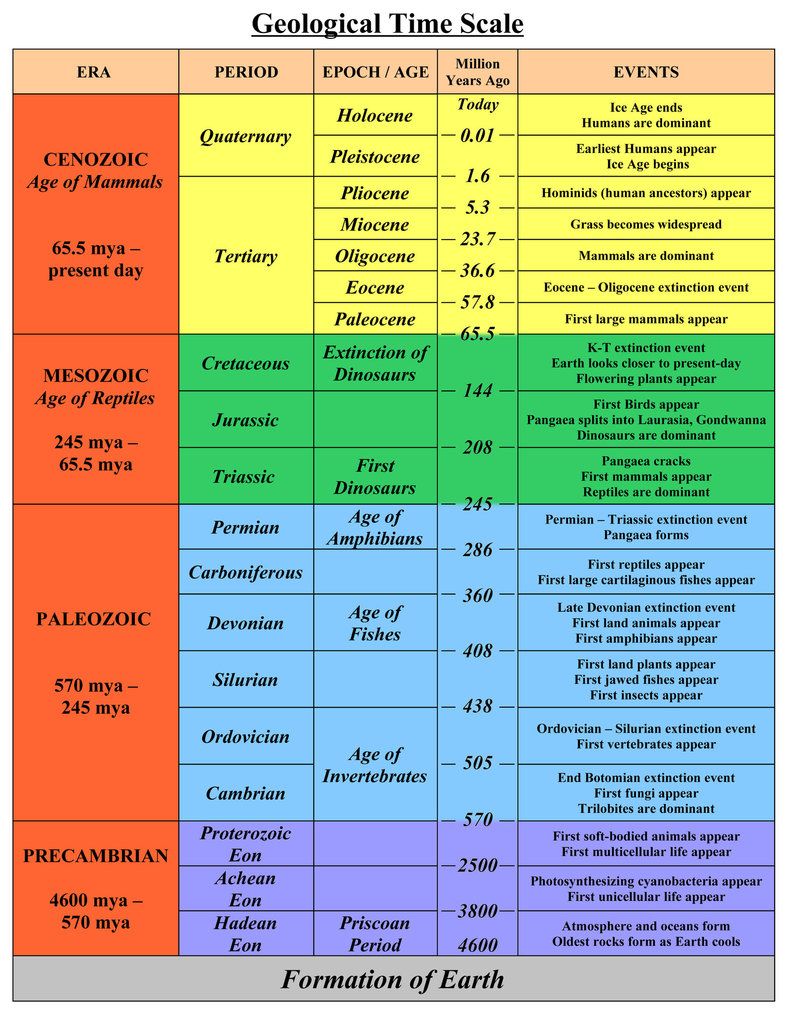
by Andy CKH



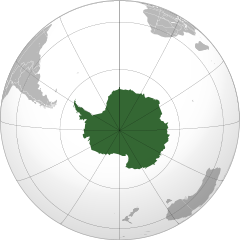

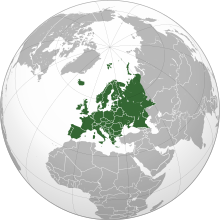
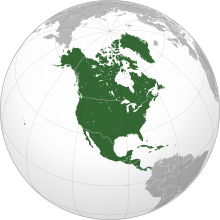

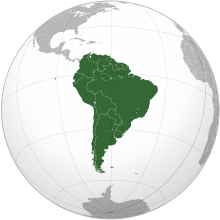
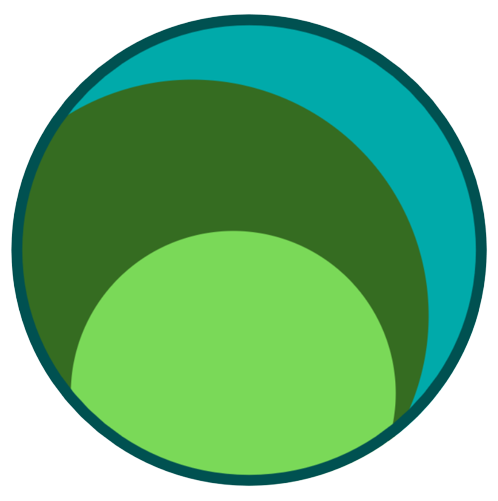



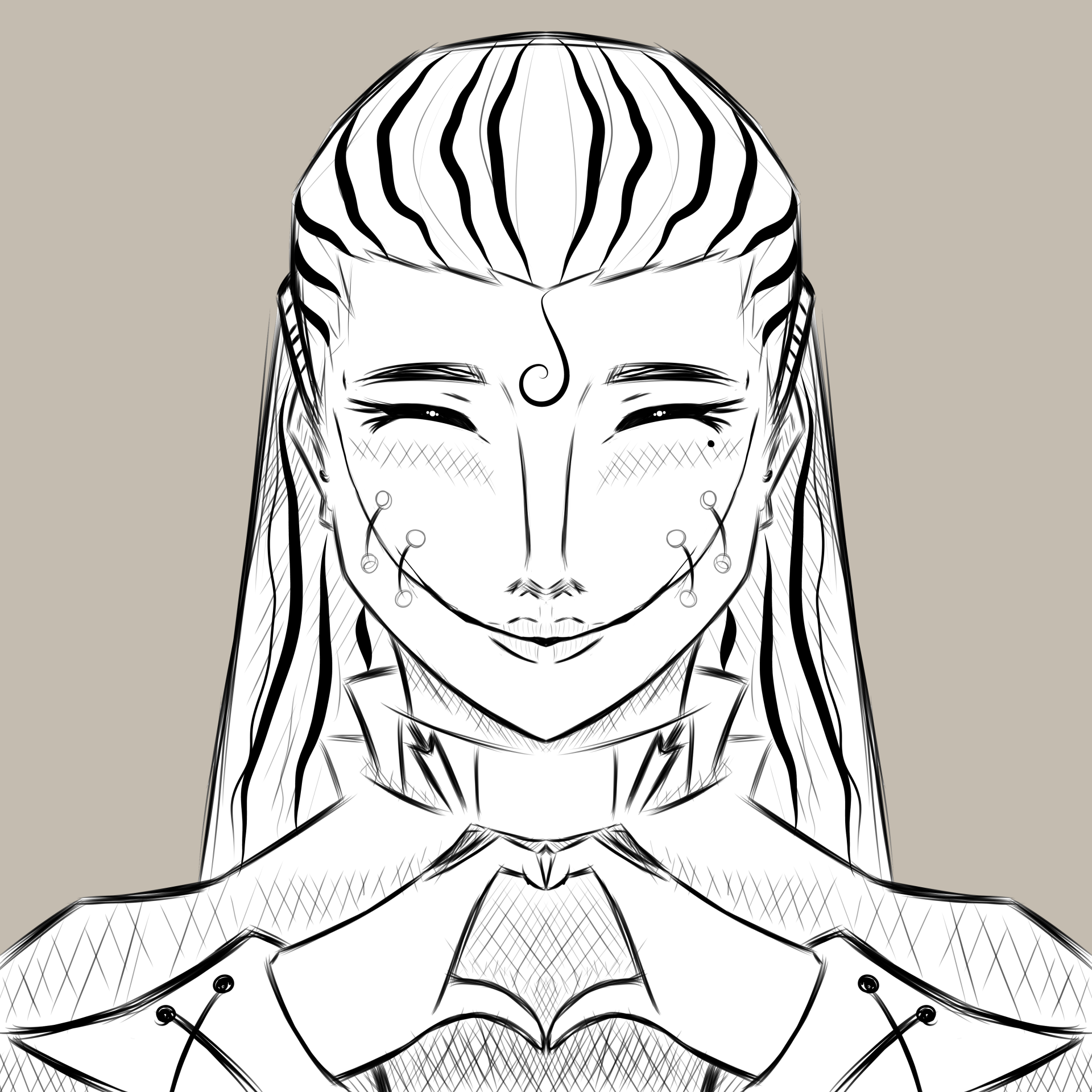
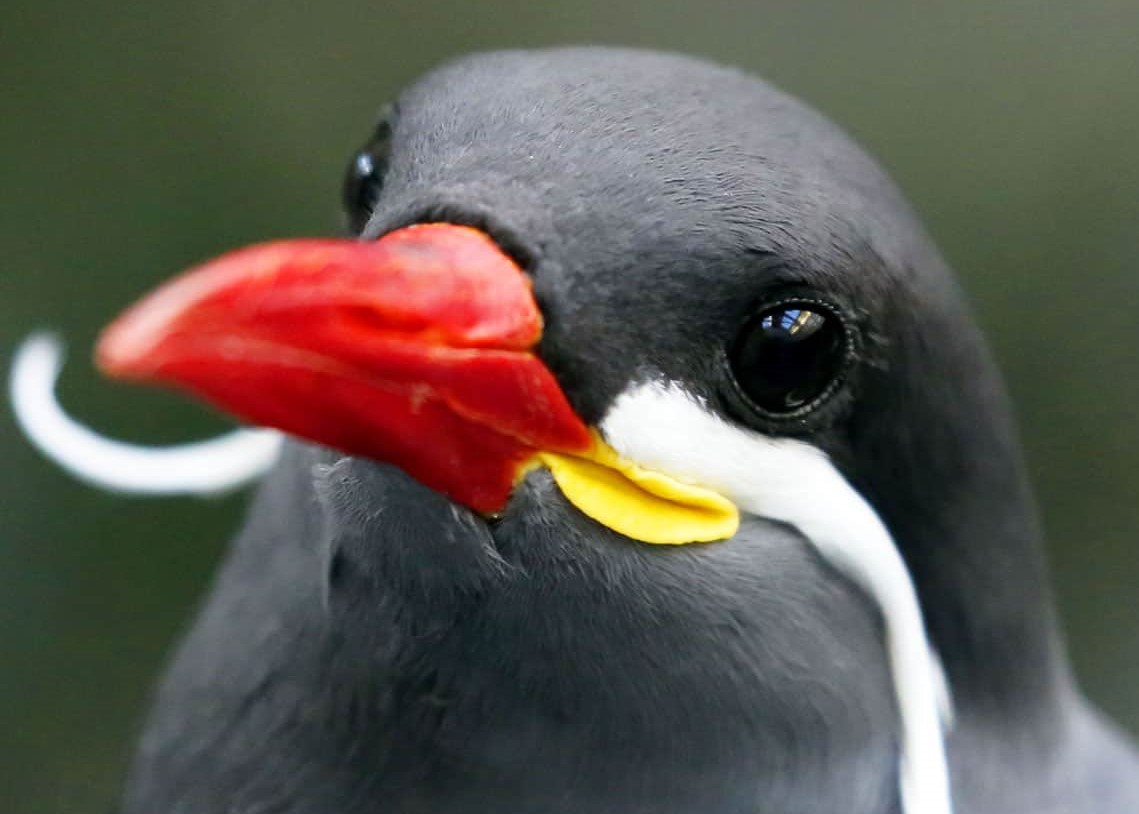

I love the idea of pop-tarts being the food of Earth, just treated as a delicacy. That's fantastic!
I'm so glad you enjoyed that! You can thank Chimera for the pop-tart quote xD